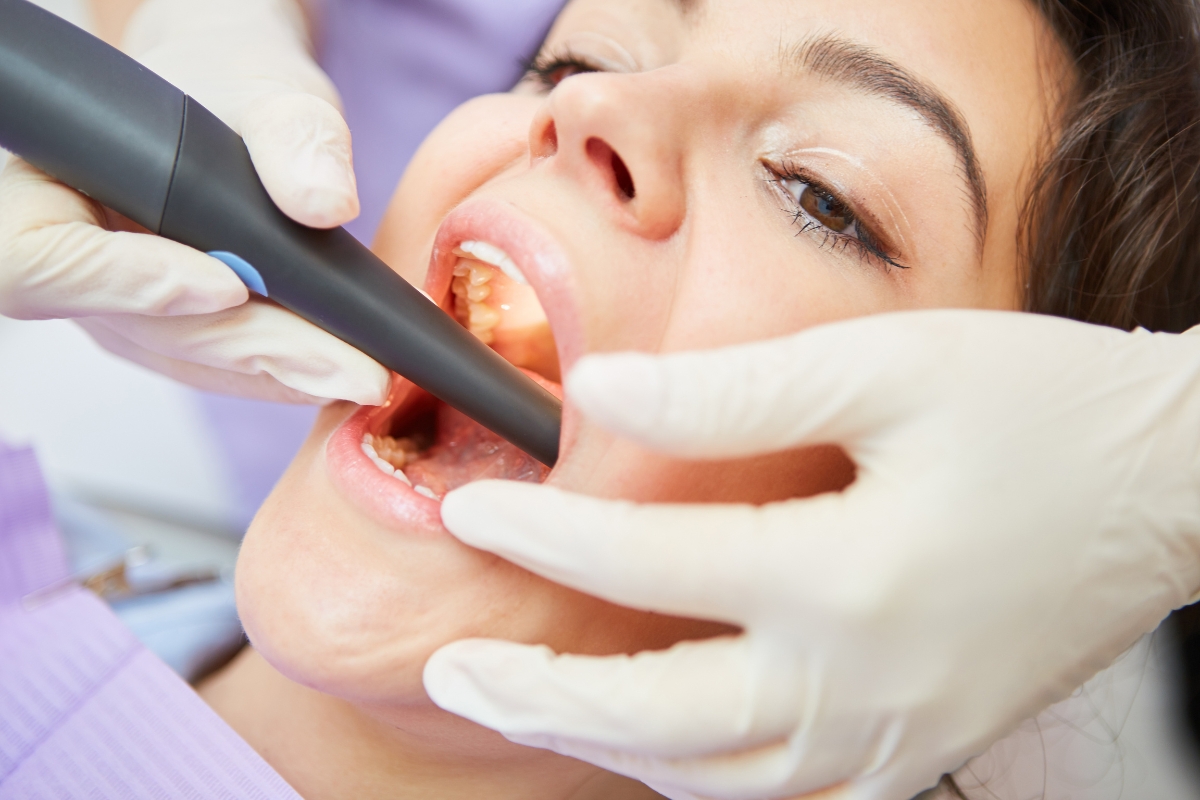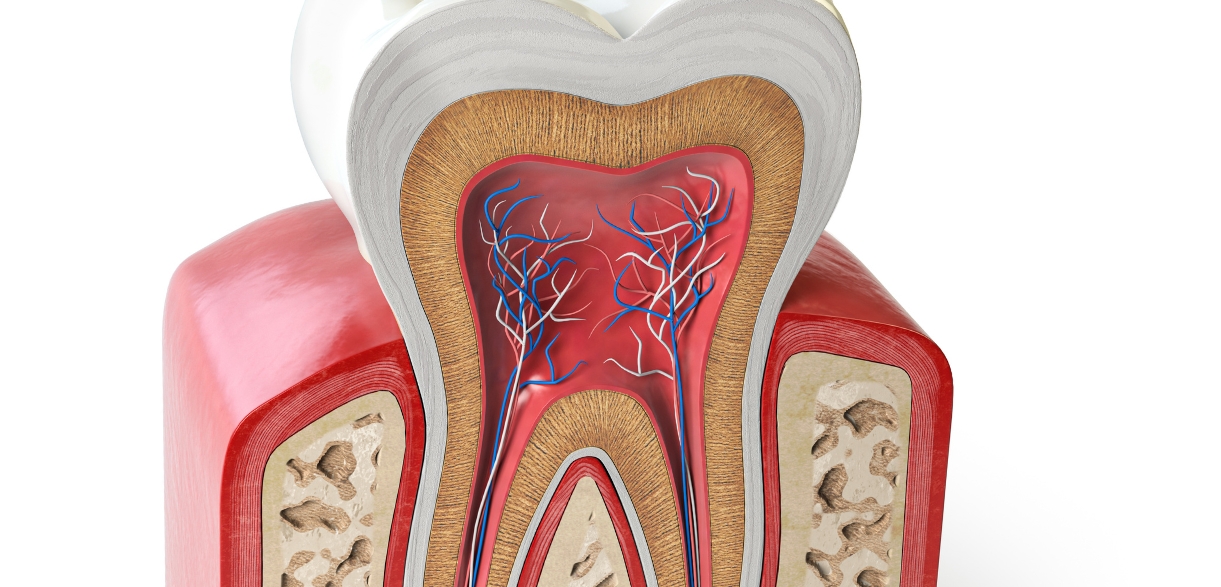$99 New Patient Special - Includes Exam, X-Ray and Basic Cleaning
How to Relieve Pain After Root Canal Treatment: A Complete Guide

Root canal treatment is a common dental procedure that saves damaged or infected teeth. However, it’s natural to experience some discomfort or pain afterward. This guide will help you understand how to manage that pain and recover smoothly. Following the recommended post-treatment care can ensure a comfortable healing process. The tips in this blog will offer practical ways to relieve discomfort after a root canal and get back to your daily routine pain-free.
Why Pain Happens After a Root Canal?
After a root canal, it’s normal to feel pain or tenderness. The procedure involves cleaning out infected tissue, leaving the area around the tooth sensitive for a few days. Here are the main reasons you might feel discomfort:
- Inflammation: The tissues around the tooth may be inflamed as they heal.
- Nerve Sensitivity: Although the tooth’s nerves are removed, surrounding nerves may still respond to the treatment.
- Pressure from Biting: The treated tooth may feel tender due to pressure while chewing.
Knowing the cause of pain can help you manage it effectively and know when to seek further assistance.
Over-the-Counter Pain Relievers
The most immediate way to relieve pain after root canal therapy is by using over-the-counter (OTC) pain medications. Your dentist will likely recommend:
- Ibuprofen: This anti-inflammatory drug reduces pain and swelling. It’s often the first line of defense after dental procedures.
- Acetaminophen: Another common option for pain relief, especially if you can’t take ibuprofen due to health reasons. Follow the recommended dosage, and avoid self-medicating without consulting your dentist.
Cold Compress for Reducing Swelling
If you experience swelling along with pain, applying a cold compress can be incredibly effective. Use an ice pack or a cold cloth on the affected side of your face for 15-20 minutes. This will:
- Reduce inflammation and numb the area
- Provide relief from discomfort
- Help manage any bruising. Do not apply the cold directly to your skin; wrap the ice in a cloth to avoid skin damage.
Soft Diet for Gentle Recovery
Eating the wrong foods after a root canal can make the pain worse. For the first few days, stick to a soft diet that doesn’t require much chewing. Ideal food options include:
- Soups and broths
- Mashed potatoes
- Yogurt
- Smoothies
- Scrambled eggs Avoid hard, crunchy, or sticky foods that could pressure the tooth or disturb the healing process.
Good Oral Hygiene to Prevent Infection
Keeping your mouth clean is essential to prevent infections that could lead to further pain. Here’s how you can maintain proper oral hygiene after your root canal:
- Gentle Brushing: Brush your teeth carefully, avoiding direct contact with the treated area.
- Salt Water Rinse: Rinse with warm salt water to reduce bacteria and soothe the gums.
- Flossing: Be gentle while flossing around the treated tooth to avoid irritation. Maintaining good oral hygiene will help prevent complications and support a quick recovery.
When to Contact Your Dentist?
While some pain is normal, certain symptoms may indicate complications. Contact your dentist if you experience any of the following:
- Severe pain that doesn’t improve after a few days
- Swelling that gets worse instead of better
- Pus or discharge around the treated tooth
- Persistent fever These signs could indicate an infection or an issue with the root canal that needs further treatment.
7. Follow-Up Appointments Are Essential
Don’t skip your follow-up appointment! After a root canal, your dentist will want to ensure that the tooth is healing properly and that there are no complications. During this visit:
- Your dentist will check the treated tooth for signs of infection or other issues.
- They may place a crown if necessary to protect the tooth and prevent future damage. Follow-up care is key to a successful recovery, and your dentist will offer guidance on protecting your tooth going forward.
Managing pain after a root canal is entirely possible with the right steps. OTC pain relievers, cold compresses, and sticking to a soft diet can ease discomfort and promote healing. Maintaining good oral hygiene and attending follow-up appointments will ensure a smooth recovery. If pain persists or worsens, don’t hesitate to contact a dentist near you for further guidance. Taking care of your treated tooth is essential to long-term oral health, allowing you to enjoy a pain-free smile.







